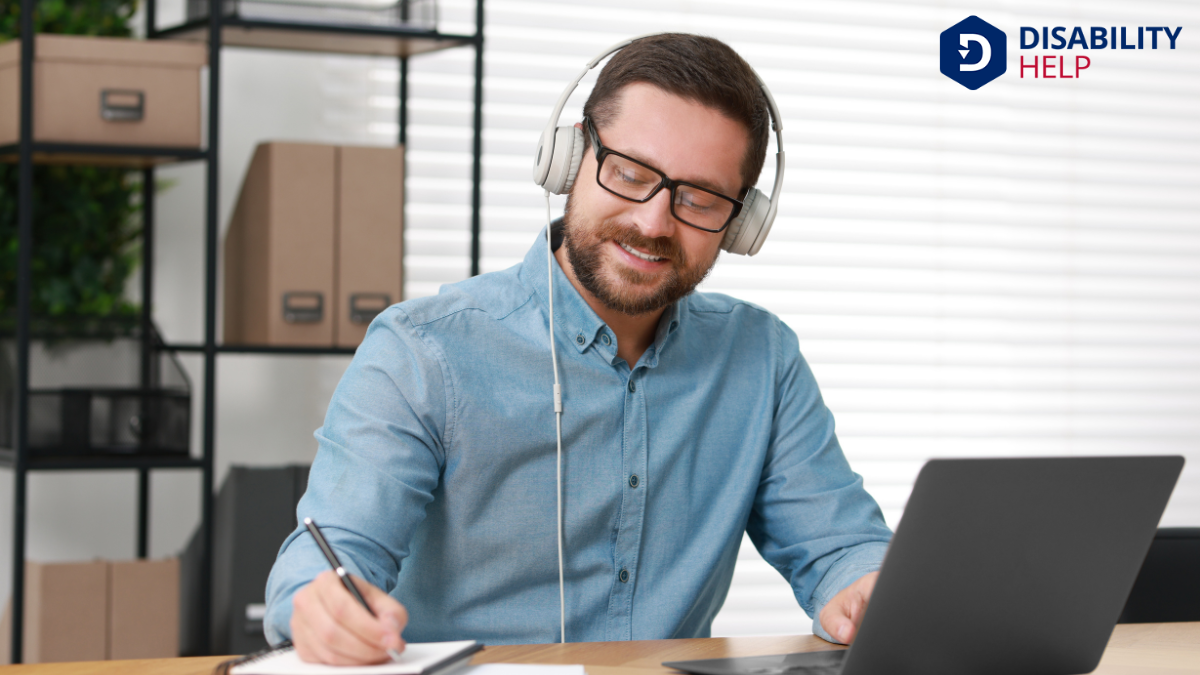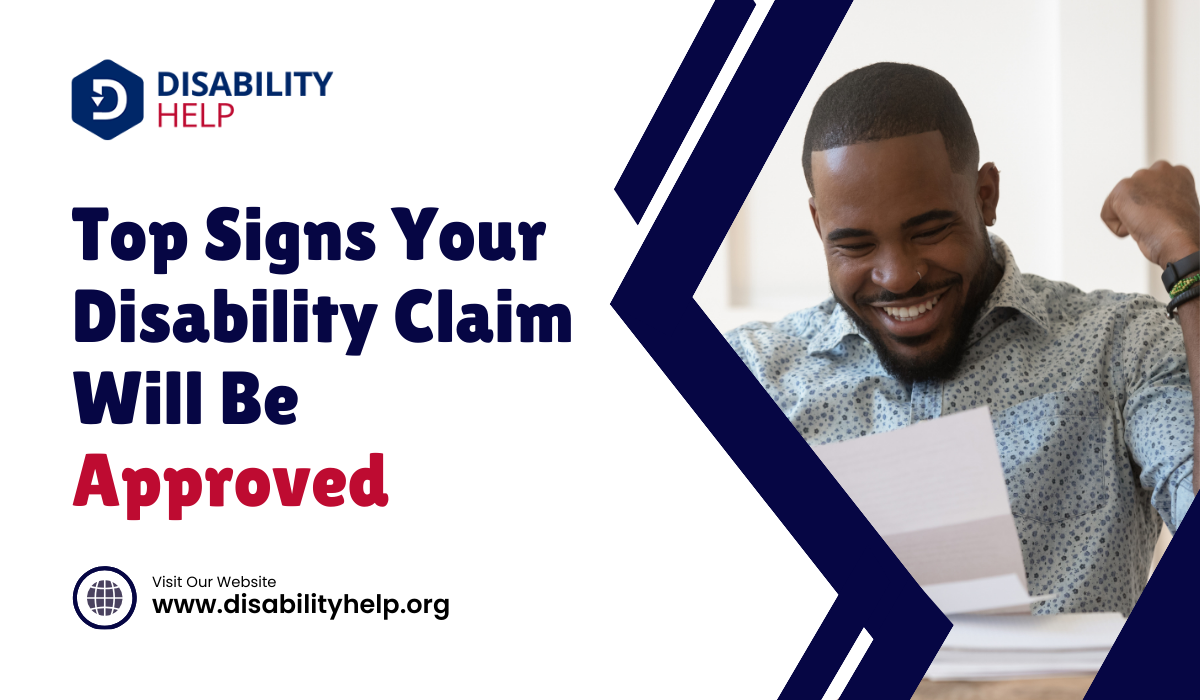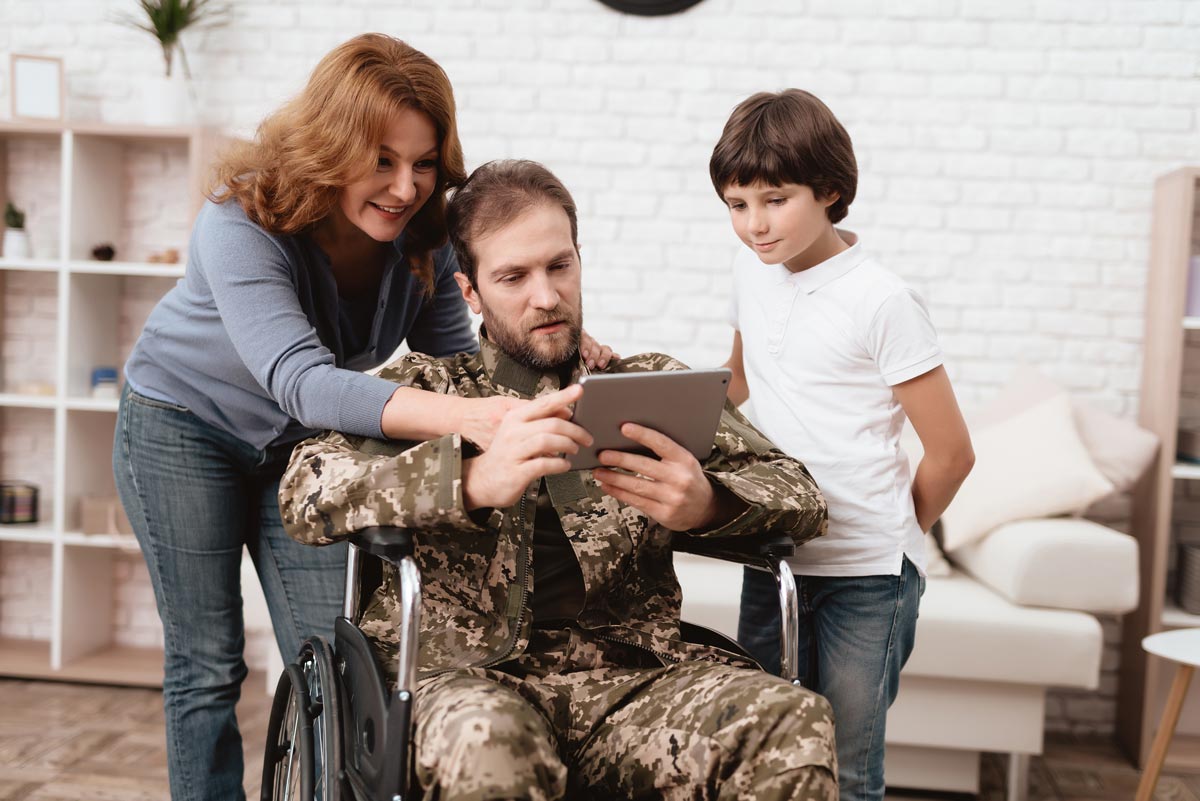Let's explore three innovative technologies that can transform education for deaf or hard of hearing students in high school and post-secondary settings. We'll discuss real-time captioning services, assistive listening devices, and video relay services. These options enhance accessibilityThe design of products, devices, services, or environments to be usable by people with disabilities.... and engagement for students. How do these technologies work together to create a more inclusive learning environment? Join us as we unpack the possibilities and consider their impact on educational experiences.
Key Takeaways
- Real-time captioning services convert speech to text, providing immediate access to spoken content for deaf or hard of hearing students.
- FM systems amplify the teacher's voice using radio waves, ensuring students hear clearly without background noise interference.
- Infrared systemsAssistive listening systems that use infrared light to transmit sound to a receiver, aiding individu... enhance auditory access by securely transmitting sound using light waves, improving classroom listening experiences.
- Hearing loops create a magnetic field for hearing aids set to the 'T' setting, providing clear sound without distractions.
- Video relay and remote interpreting services enable real-time communication and interpretation through video calls, supporting virtual classroom participation.
Real-Time Captioning Services
When it comes to supporting deaf or hard of hearing students, real-time captioning services can make a world of difference.
These services provide immediate access to spoken content, allowing students to follow along with lectures and discussions without delay. By converting speech into text displayed on a screen, they bridge communication gaps and guarantee everyone can participate fully.
It's understood that understanding classroom material is vital, and these captions can help reduce stress and enhance learning. It’s not just about access; it’s about inclusionThe practice of creating environments in which any individual or group can be and feel welcomed, res... and equal opportunity.
With real-time captioning, we can create an educational environment where deaf or hard of hearing students feel valued and empowered.
Let's embrace these technologies to foster a more inclusive and supportive learning experience for all.
Assistive Listening Devices
Although technology continues to evolve, assistive listening devices remain essential tools for deaf or hard of hearing students. These devices include FM systems, infrared systems, and hearing loops. Each works to amplify sound directly to the student’s hearing aid or cochlear implantA surgically implanted electronic device that provides a sense of sound to a person who is profoundl..., reducing background noise and improving clarity.
We often find these systems in classrooms, where they help students focus on the teacher's voice, ensuring they don’t miss vital information.
FM systems are popular because they transmit sound directly via radio waves. Infrared systems use light waves, which are perfect for secure transmissions. Hearing loops create a magnetic field, picked up by hearing aids set to the 'T' (telecoil) setting.
These devices empower students by enhancing their access to auditory information.
Video Relay and Remote Interpreting Services

While assistive listening devices greatly enhance auditory access, video relay and remote interpreting services offer another layer of support for deaf or hard of hearing students. These services connect us to interpreters through video calls, allowing real-time communication with hearing individuals.
In high school and post-secondary settings, they bridge the gap by providing instant interpretation, ensuring we don’t miss vital classroom interactions or discussions.
With video relay services, we can make phone calls via an interpreter, who translates sign language to spoken language and vice versa.
Remote interpreting services mean interpreters can join us virtually in classrooms, meetings, or events anywhere with internet access.
Conclusion
To summarize, we've explored three key technological options to enhance access for deaf or hard of hearing students in educational settings. Real-time captioning services guarantee immediate comprehension by displaying spoken words as text. Assistive listening devices, like FM systems and hearing loops, amplify sound directly to hearing aids, boosting auditory clarity. Finally, video relay services seamlessly connect users with interpreters, facilitating effective communication. By embracing these technologies, we're paving the way for more inclusive and accessible learning environments.






